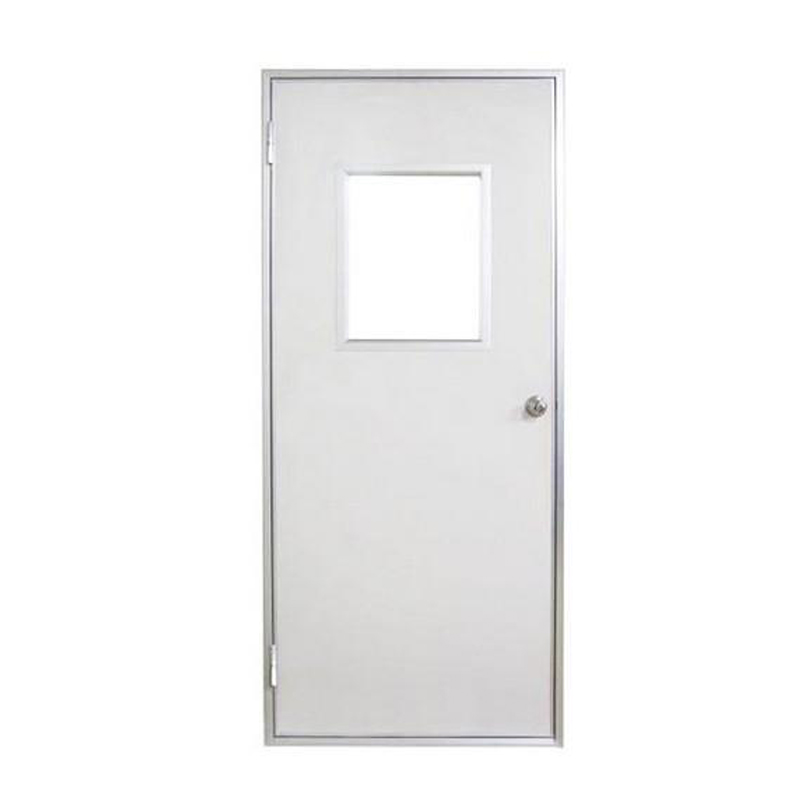

Clean room panels are constructed using specialized mat […]
Clean room panels are constructed using specialized materials and techniques to create controlled environments that meet the required cleanliness and contamination control standards. The construction of clean room panels involves several key components and considerations:
Panel Core Material: The core material of clean room panels is often selected based on factors such as insulation, structural integrity, and fire resistance. Common core materials include rigid foam, honeycomb, and mineral wool, chosen for their thermal properties and strength.
Surface Materials: The surfaces of clean room panels are typically made from materials that are easy to clean, non-porous, and resistant to chemicals. Common surface materials include stainless steel, aluminum, coated steel, and specialized composite panels designed for clean room environments.

Sealing and Gaskets: Clean room panels are designed to minimize air leakage and maintain the controlled environment's integrity. Special gaskets and sealing systems are used to ensure airtight connections between panels and other structural elements.
Interlocking Mechanisms: Panels are designed to interlock securely, maintaining a seamless and smooth appearance while preventing the entry of contaminants through gaps or joints.
Joint Design: The joint design between panels is carefully planned to minimize potential areas for particle accumulation and to provide a clean, smooth transition.
Airflow Management: Depending on the clean room's class and application, clean room panels might incorporate features for controlled airflow and ventilation. Air returns, filters, and vents are strategically placed to ensure optimal air circulation while maintaining cleanliness.
Windows and Viewing Panels: In some cases, clean room panels may include windows or viewing panels made from materials like tempered glass or transparent polymers. These panels enable observation of processes without compromising the clean environment.
Electrical and Data Integration: Clean room panels can be equipped with integrated electrical wiring, outlets, lighting fixtures, and data ports, minimizing the need for external wiring that could introduce contaminants.
Modular Design: Clean room panels are often modular, allowing for easy assembly, disassembly, and reconfiguration. This modular design supports the adaptability of the clean room layout to changing needs.
Finishes: The surface finishes of clean room panels are selected to minimize particle shedding and facilitate cleaning. Finishes may include options like smooth coatings, electrostatic dissipative (ESD) coatings, and antimicrobial treatments.
Installation Hardware: Fasteners, brackets, and other installation hardware are designed to ensure secure connections between panels and other structural elements while maintaining the clean environment's integrity.
Compliance with Standards: Clean room panels must adhere to industry standards and regulations specific to the cleanliness level required by the clean room environment. These standards dictate factors such as allowable particle counts and air change rates.
Customization: Clean room panels can be customized based on the unique requirements of the application, including size, layout, and integration of specialized features.
The construction of clean room panels requires a deep understanding of the cleanliness requirements of the target environment, the materials used, and the integration of various components to ensure that the resulting controlled environment meets the necessary standards for cleanliness and contamination control.
Our new models offer superb design;competitive prices and their new features give them distinct advantages over similar products from other manufacturers.